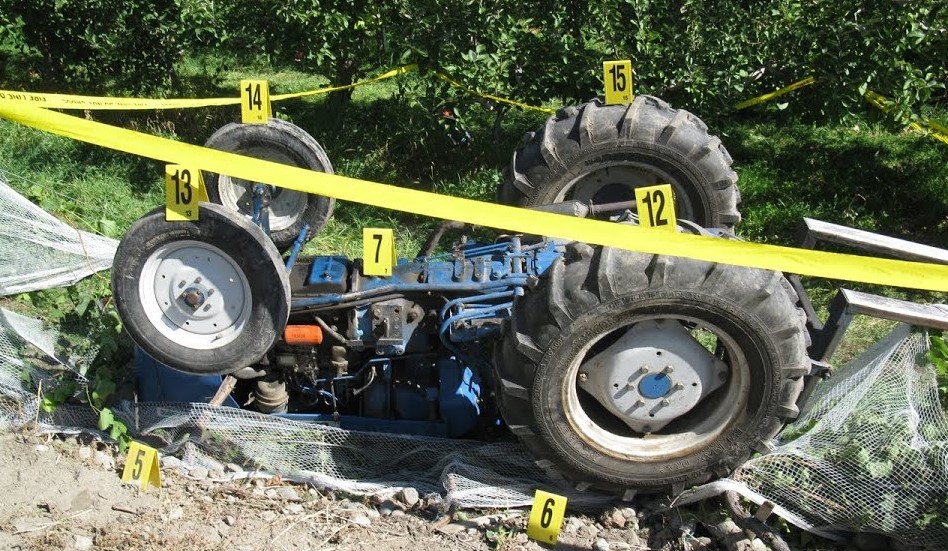



Article by: Hari Yellina
With 13 occurrences already this season, South Australia’s electricity supplier is “irritated” by the number of farmers damaging powerlines and electricity poles when sowing crops. It’s a big jump from previous years, when there were only three and four instances at the same period in 2021 and 2020, respectively. SA Power Networks has warned that such accidents could be fatal, citing technology as a possible cause. “The quantity and nature of the accidents this year is highly concerning,” said spokeswoman Paul Roberts. “The incidents that occur would astonish everyone.” “A tractor runs straight up the middle of a Stobie pole in broad daylight.” Occasionally, a pole is struck while turning.”
The use of GPS guiding technology in tractors, according to Mr Roberts, is likely to blame for some of the crashes. “A clear problem is that farmers are utilising GPS to guide farm machinery but are not programming electricity infrastructure into the GPS and, as a result, may not be paying as much attention as they should,” he said. “The configuration of powerlines on the property may have changed, and with farm gear increasing higher and wider, everyone needs to know powerline clearances before doing any work.” “Powerlines can also be difficult to notice, especially in dusty weather, so establishing their location before you begin work might save a life or prevent serious harm.”
According to the Australian Centre for Agricultural Health and Safety, the yearly number of on-farm injury deaths increased in 2017 compared to the previous year (University of Sydney). Moreover, according to institute director Dr Tony Lower, there were 68 deaths publicised in the Australian media last year. Tractors (13) and quad bikes (11) were the most common causes of mortality, accounting for more than 40% of all deaths. Unfortunately, 9 of the fatal occurrences (13%) involved children under the age of 15, with quads accounting for one-third (3) of these incidents. A total of 179 nonfatal occurrences were reported in the media, with quad bikes being involved in 39 (22%) of the incidents. “Planning for safety in the same way that you plan for your crops or stock will go a long way to reducing these incidents and the impacts they have,” said Lower. His comments were echoed by WorkSafe Victoria, which recently urged rethinking safety approaches following a rise in the number of fatalities at work in 2017. A total of 27 Victorians lost their lives as a result of an incident at a workplace last year – the highest toll since 2009.